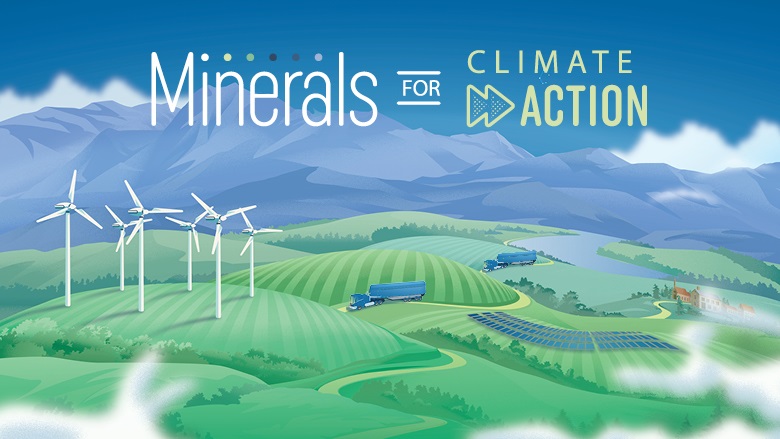As the world battles the coronavirus (COVID-19) pandemic, and mine sites across the world delay or suspend operations, we are reminded of Matshona Dhliwayo’s quote: “stars are born out of dark moments.” While the price of most so-called “critical minerals” may be down now, demand for these minerals will rise again, and certainly well before 2050. Indeed, the World Bank Group’s latest report has found that the more ambitious the climate targets become, the more minerals and metals will be needed for a low-carbon future.
In a first of its kind analysis, the World Bank Group examined how differing “pathways” for the deployment of clean energy technologies will impact the demand for a variety of minerals and metals. While over 3 billion tons of metals and minerals will be needed by 2050 to scale up wind, solar and geothermal power and energy storage to reach a below 2°C future, the exact amount will vary, according to what the energy transition looks like. In other words, how much is needed of any given mineral will depend on how widely that mineral is used, across renewable energy technologies.
While some minerals, like copper and molybdenum, will be used in a range of technologies, others, such as graphite and lithium, may be needed for just one technology: battery storage. This means that any changes in clean energy technology deployments could have significant consequences on demand for certain minerals.
While we cannot fully predict the future, we can gain some insight into who the new (mineral) kids on the block will be, by 2050. Based upon what we call the demand risk matrix, we know that aluminum, copper and nickel are “critical” minerals that will play a strong role in the transition to a low-carbon future, as they will be needed for a wide variety of technologies. Graphite and lithium are also “critical”, but their outlook depends on the extent to which battery storage is deployed between now and 2050.



